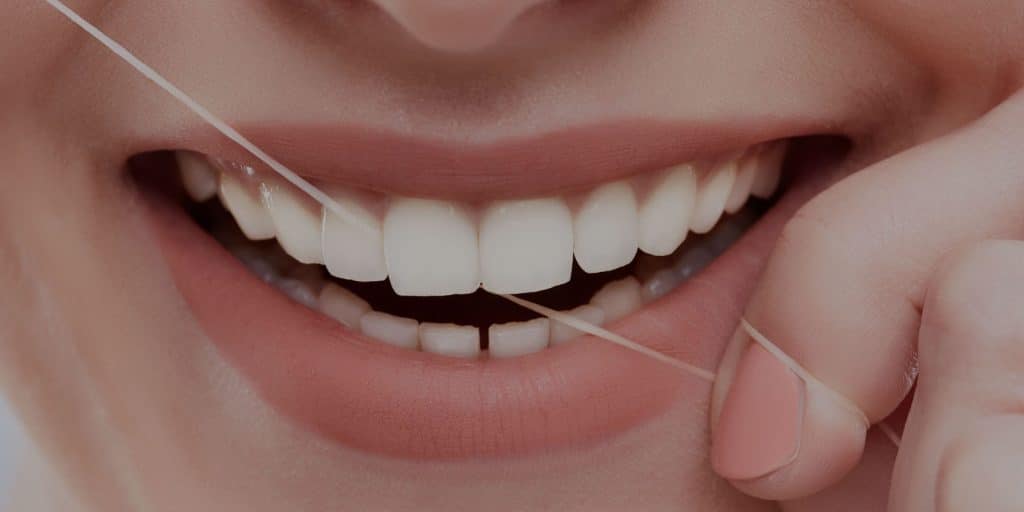Many people believe that brushing twice a day is enough to maintain oral health, but the truth is, a toothbrush alone cannot reach every tooth surface. The tight spaces between teeth and under the gumline remain a fertile ground for plaque buildup. In this article, we’ll explain why flossing is an indispensable step and how to do it correctly.
Flossing is more than just a tool for removing trapped food particles; it’s the first line of defense against gum disease. When neglected, plaque hardens into tartar, which can only be removed by a dentist. This buildup causes gum inflammation (gingivitis), which manifests as red, swollen, and bleeding gums when you brush.
Your healthy gums are the foundation of a bright smile and your overall health.
Neglecting gingivitis can lead to more serious problems like periodontitis, which can cause bone erosion and eventual tooth loss. Daily flossing effectively removes plaque, keeps gums healthy, and prevents these complications.
One minute of flossing a day saves you hours of treatment in the dental chair.
Brushing only cleans 60% of your tooth surfaces. Floss is the key to the remaining 40%.
The Correct Technique for Flossing
To get the most out of flossing, it’s important to use the correct technique. Start by cutting a piece of floss about 45 cm (18 inches) long. Wrap most of it around the middle finger of one hand, and a small portion around the middle finger of the other hand to pull the clean floss from.
Hold the floss tightly between your thumbs and index fingers and guide it gently between your teeth using a gentle sawing motion. Never snap it into your gums. When the floss reaches the gumline, curve it into a “C” shape against one tooth and gently slide it into the space between the gum and the tooth to clean that area effectively.
Gentleness is the key to effective flossing. Don’t harm your gums.
There are various types of floss available, such as waxed, unwaxed, dental tape, and floss picks. The best type is the one you find comfortable and will commit to using daily.
Making flossing an essential part of your daily routine is a simple investment in your health. It not only prevents cavities and gum disease but also helps maintain fresh breath and a confident smile. Remember, complete oral care requires brushing, flossing, and visiting your dentist regularly.n your teeth. However, mouthwash should not replace brushing and flossing but rather complement your oral hygiene regimen.


